How Can Dashcam or GoPro Footage Help My Motorcycle Accident Case?
After a motorcycle crash, your motorcycle accident dashcam footage or GoPro video may provide a clear, factual record of what happened. This footage frequently makes a significant difference as you file a personal injury claim—especially when reviewed by a motorcycle accident lawyer.
Your recorded video offers a unique perspective on the events. It’s a silent witness that captures details you may not recall.
Table of Contents
ToggleThe Power of Video in a Motorcycle Collision
Motorcycle accident GoPro footage delivers a powerful, unbiased account of the incident. It presents information visually, which is often easier to understand than written reports alone. This video record becomes a strong part of your motorcycle accident case.
Capturing Unbiased Facts
Your dashcam or GoPro records events as they unfold. The camera doesn’t have opinions or biases; it simply documents what occurred from its vantage point.
Police reports sometimes contain errors or miss details, and other drivers might offer conflicting accounts. Your GoPro video for a motorcycle claim acts as a neutral observer, showing the raw data of the crash. This footage offers a truthful timeline that clarifies disputed moments.
Showing the Scene and Impact
Photographs capture still images, but video shows movement and context. Dashcam recordings display the environment, vehicle speeds, and the force of impact. Seeing the actual collision often helps investigators and insurers grasp the seriousness of the event.
The footage reveals how the accident happened in real-time, illustrating the dynamics of the crash in a way that descriptions simply can’t match.
Motorcycle Dash Cam Footage Counters Rider Bias
Sometimes, people assume a motorcyclist is at fault in an accident due to an unfair bias. Your motorcycle accident video proof can directly counter these assumptions.
Footage showing a car driver’s error, like an illegal turn or running a red light, protects you. It shifts the focus to the actual cause of the accident. The video provides a strong defense against unfair blame placed on you as the rider.
What Your Dashcam or GoPro Footage Might Show
Many different elements recorded on your dashcam or GoPro assist in building a clear picture. Clear action camera evidence from your motorcycle crash strengthens your position when filing a personal injury lawsuit or claim.
The Other Driver’s Actions
Often, the most useful part of your helmet cam evidence in a motorcycle accident is what it reveals about the other driver. Your camera may have recorded the other party:
- Distracted Driving: The footage might show the driver looking at a phone, eating, or not paying attention to the road before the collision.
- Traffic Violations: Your dashcam might capture the other driver speeding, running a stop sign, making an unsafe lane change, or tailgating your motorcycle.
- Aggressive Behavior: Instances of road rage or reckless maneuvers by the other vehicle are clearly documented by video.
These captured actions provide direct evidence of negligence. Such motorcycle accident dashcam footage strengthens your claim.
Road Conditions and Hazards

Your GoPro video records the environment at the time of the incident. These details provide a fuller understanding of all contributing factors:
- Weather Conditions: Rain, fog, sun glare, or other weather elements affecting visibility or road surface may be apparent in the footage.
- Road Surface Issues: The camera might pick up potholes, uneven pavement, debris, or missing signage that contributed to the accident.
- Traffic Levels: Footage illustrates whether the road was busy or clear, which gives context to driver actions and reaction times.
Sequence of Events Leading to the Crash
A key strength of action camera evidence from a motorcycle crash is its ability to show the full sequence of events. The video doesn’t just capture the moment of impact; it also records the minutes or seconds leading up to it.
Continuous recording helps establish a timeline and shows your actions and those of others around you. This broader view from your motorcycle helmet cam helps demonstrate that you were riding responsibly before the incident.
Understanding Negligence in a Motorcycle Crash
Negligence is a key idea in personal injury law. It means someone failed to act with reasonable care. This failure then caused harm to another person. Your motorcycle accident dashcam footage often provides clear evidence of another driver’s negligence.
When a driver is negligent, they did something a careful driver would not do, or they failed to do something a careful driver would do. Examples include running a red light, texting while driving, or making an unsafe lane change. Your motorcycle accident video proof helps show these negligent actions clearly. Establishing negligence is a foundation of your motorcycle accident case.
Potential Compensation When Another Party Is Negligent
If your motorcycle accident GoPro footage helps prove the other party was negligent, you may receive payment for your losses. This payment is called compensation. It aims to cover the various ways the accident impacted your life.
The types of compensation you may pursue include:
- Medical Bills: This covers costs for your hospital stay, doctor visits, physical therapy, medications, and any future medical care related to your motorcycle accident injuries.
- Lost Wages: If your injuries prevented you from working, this payment addresses the income you lost during your recovery period.
- Future Lost Earning Capacity: If your injuries permanently affect your ability to earn money at the same level as before the accident, this covers that long-term financial loss. This compensation is common when riders suffer catastrophic injuries.
- Property Damage: This compensation covers the cost of repairing or replacing your motorcycle and any other damaged property, such as your helmet or riding gear.
- Pain and Suffering: You may seek compensation for the physical pain, discomfort, and emotional distress you experienced because of the accident and your injuries.
- Loss of Enjoyment of Life: This payment addresses how your injuries impact your ability to participate in hobbies, activities, and daily routines that you previously enjoyed.
Your attorney uses your action camera evidence for the motorcycle crash and other information to build a strong case for the full compensation you need. They calculate your damages accurately, so all of your losses are covered.
What To Do With Your Motorcycle Accident Video Evidence
You have valuable footage, and proper handling ensures it remains useful for your motorcycle accident case. Follow these steps to protect your action camera footage.
1. Preserve the Original Footage
Don’t record over the incident. Many cameras use loop recording, which means they overwrite older files when the memory card is full.
Stop using the camera immediately after an accident until you save the relevant files. Protect the footage to protect your claim.
2. Make Backup Copies
Create multiple copies of the video file as soon as possible, and save them in different secure locations. For example, store one on a USB drive, another on your computer’s hard drive, and perhaps a third on a cloud storage service.
Label the copies clearly with the date, time, and a brief description of the incident. Backup footage protects your claim from accidental loss or damage to the original memory card.
3. Avoid Editing or Altering the Video
Don’t edit, trim, or enhance the video footage in any way. Any alteration (even with good intentions like brightening a dark video) may make the footage inadmissible or reduce its credibility.
Insurance companies or opposing counsel might argue that edited footage no longer represents the true events. Maintaining the integrity of your motorcycle accident video proof is vital.
4. Contact a Lawyer
Reach out to a motorcycle accident lawyer soon after the crash, and let them know you have dashcam or GoPro footage. They can guide you on how to share the video files with them securely. Discussing your motorcycle claim and video with an attorney early helps protect your rights.
Promptly giving your lawyer access to the motorcycle accident GoPro footage allows them to start building your case. They advise you on any further steps regarding your action camera evidence.
How a Lawyer Helps With Your Motorcycle Accident Case
Your footage is a strong starting point. A lawyer understands how to leverage your motorcycle accident dashcam footage to build a compelling claim. They know the legal standards for evidence.
Evaluating Your Footage
An attorney reviews your motorcycle accident GoPro footage with a trained eye. They identify the parts that clearly support your version of events. They also look for anything in the video that might be challenging or unclear.
This evaluation helps set realistic expectations. The lawyer assesses how the footage fits into the overall legal strategy.
Building a Strong Narrative
A lawyer weaves your footage into a clear story of what happened. They combine the helmet cam footage from the motorcycle accident with other evidence, including police reports, witness statements, and medical records.
This narrative explains how the other party’s negligence caused the accident and your injuries. The GoPro video for your motorcycle claim serves as visual proof, reinforcing this account. A lawyer presents this comprehensive view persuasively.
Communicating with Insurance Companies
Dealing with insurance companies after a wreck is complex. A lawyer handles all communication about your claim. They know when and how to present the video to adjusters.
Insurance adjusters may try to downplay the footage or use it against you somehow. Your attorney protects your interests. They use video proof of the motorcycle accident to negotiate a fair settlement.
Arguing in Court
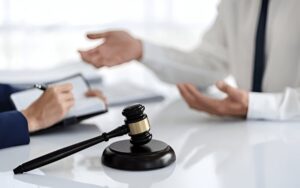
If your case goes to court, specific rules govern how evidence is presented. A lawyer ensures your helmet cam footage from the motorcycle accident meets all legal requirements for admissibility. They prepare the footage (and you) for trial.
They might show specific clips to highlight key moments. The attorney explains the significance of the footage to a judge or jury, maximizing its impact through their experience presenting such evidence.
Identifying Additional Video Sources
Your lawyer also investigates whether other video footage exists. As mentioned, this might include surveillance cameras from nearby buildings or traffic cameras. They have the resources to locate and obtain these recordings.
Finding other angles or perspectives from the crash corroborates your footage and strengthens your overall claim. An attorney’s thorough investigation makes a difference.
FAQ for How Can Dashcam or GoPro Footage Help My Motorcycle Accident Case?
What if My Dashcam Only Recorded Part of the Motorcycle Accident?
Even partial footage from your motorcycle dashcam is often useful. It might show the moments leading up to the impact or the immediate aftermath. Any objective video evidence is better than none. Your attorney analyzes the available footage and how it supports your claim.
Is It Legal To Record While Riding My Motorcycle?
In many states, including Washington and Florida, you generally have the right to record video in public places where there is no reasonable expectation of privacy. This includes public roads. Your attorney explains how these laws apply to your specific GoPro video.
How Can Dashcam or GoPro Footage Help My Motorcycle Accident Case if There Were No Witnesses?
Without witnesses, your dashcam or GoPro footage becomes even more significant. The video more or less serves as an independent, unbiased witness. Helmet cam evidence provides a clear account when it’s otherwise your word against the other driver’s.
What Happens if the Other Driver Also Has Dashcam Footage?
If the other driver also has dashcam footage, your lawyer will request to see it through the legal discovery process. Both sets of footage are reviewed.
Often, comparing the videos gives a more complete picture of the incident. Your motorcycle accident GoPro footage, combined with theirs, frequently clarifies disputes.
Does GoPro Footage Speed Up a Motorcycle Accident Claim?
GoPro footage sometimes speeds up a motorcycle accident claim. Clear video evidence that shows fault reduces disputes. When liability is evident from the motorcycle dashcam footage, the insurance company might be more inclined to offer a fair settlement sooner to avoid a lengthy legal battle.
Your Footage, Your Voice: Let Us Amplify It
Your dashcam or GoPro recorded the truth of your motorcycle accident. That footage is a powerful tool, and the legal team of personal injury attorneys at Boohoff Law, P.A. knows how to use motorcycle accident video proof to fight for your rights.
Let us review your footage and explain how it strengthens your case. Contact Boohoff Law, P.A. today at (813) 445-8161 for a free consultation.
Free Consultation
We Are Here For You 24/7
Reviews
– Elissa M.
“Really pleased with Boohoff Law! Received immediate responses when I had any questions. Treated amazingly by all staff … made this process a true breeze!”
– Caitlyn M.
– Brandy K.
Related Posts
I Was Partially At-Fault in a Rear-End Crash. Can I Still Get Compensation in Florida?
I Was a Passenger in an Uber Accident. What Are My Rights?
What Damages Can I Recover After a Jackknife Truck Accident?
Recovery is personal.
We’re here for you.
We’re close by. And if you can’t make it to us, we’ll meet you where you need us, at home or in the hospital.
You're better off with Boohoff.
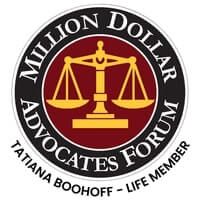

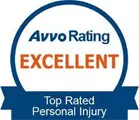
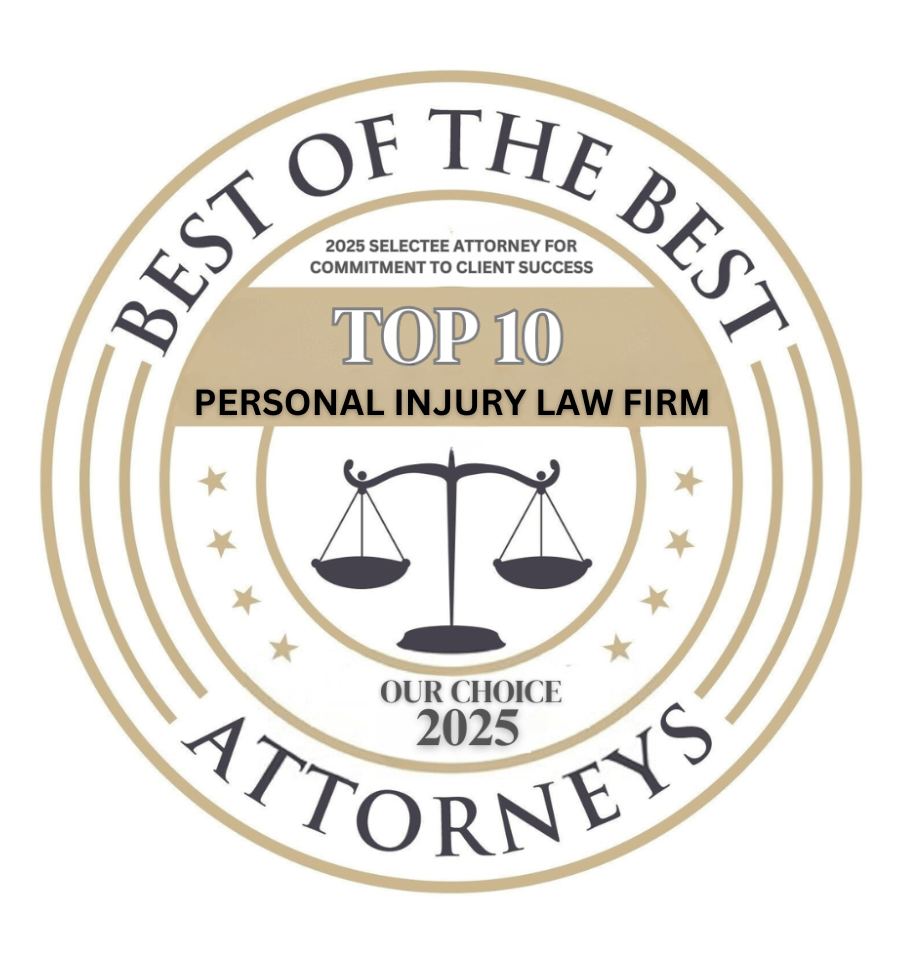
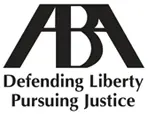
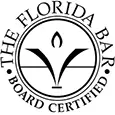
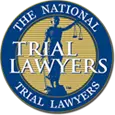
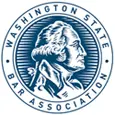



The information on this website is for general information purposes only. Nothing on this site should be taken as legal advice for any individual case or situation. This information is not intended to create, and receipt or viewing does not constitute, an attorney-client relationship.
available 24/7
(877) 999-9999
